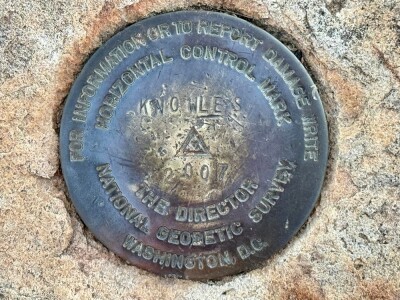Every once in a while I hear a couple of news stories and experience a bit of synchronicity with whatever project I have at hand. This week was one of those times: I spent the evenings watching the new Ken Burns documentary The Roosevelts while trying to learn some completely new point cloud processing workflows. Then I heard a story about the “New Climate Economy Report”. Somehow, it all began to make sense…
Get Action
First, The Roosevelts. The overwhelming message communicated by Teddy Roosevelt’s personality was “get action.” It was all about doing, not wasting time but applying yourself to make something of your life. That really resonates with the technician in me. Thinking about this, I realized that sometimes the executive in me becomes a caretaker in hopes of avoiding excessive risk taking. But, how can I really know the risk if I am not the one in the trenches assessing the possibilities of the things I want to do? Sometimes it takes having the technical know-how to make an executive decision.
Do Things
Also, I’ve learned that my technical knowhow is not as extensive as I thought. This past week, we completed the acquisition of another company and it has been my job to learn all of the ins and outs of our acquisition’s intellectual property. Simply put, my task is to incorporate their IP into our workflow(s) and product offerings. In doing that, it suddenly became clear that my attempts to keep up with the plethora of software and hardware options in 3D imaging over the last few years (as my position moved from a technician to more executive pursuits) have left me with an unbelievably broad knowledge base that is only inches deep. There are few things more frustrating than knowing absolutely that an application can perform a particular task without knowing which commands are used to accomplish the task! Here I am again, needing technical proficiency to determine the value of an executive decision.
Don’t Fritter Away Your Time
The second bit of synchronicity was with the New Climate Economy Report, which outlines a future where we look to invest in infrastructure that moves us away from a hydrocarbon-based economy. Whether we invest or not, the report contends, we will spend around $90 billion worldwide on infrastructure over the next 15 years. The report argues that it would be much smarter to spend that money on projects that aid in solving our climate change challenges rather than continuing along the same path. Think mass transit versus more highways or clean energy versus carbon intensive power sources. This would represent a significant shift in economic power that is potentially as large as the ones mentioned in The Roosevelts, when the country moved significant amounts of focus (and money) from horses to automobiles, gas light to electricity, agrarian living to city life.
So maybe the wave we believe we are about to ride, the one that takes 3D imaging into the mainstream, won’t not be the one we executives are expecting. It would not be the first time that a technology developed for one industry ended up making the largest impact in a completely different industry. Many of us in the more executive branches of the 3D imaging industry learned our craft in support of the petrochemical industry and, while it is still the strongest sector for 3D imaging, it won’t be the last and I doubt it will be the biggest when the history of our industry is written.
This is why I fear that those of us that get too used to the 30,000-foot view and fail to maintain our skills in the trenches, our ability to act, will be left behind when the next application of 3D imaging breaks. You might get lucky and find that someone on your staff is able to pick up the torch, but in my experience finding those types of self-motivated, self-taught, detailed-within-the-big picture technicians is harder than just doing it myself.






